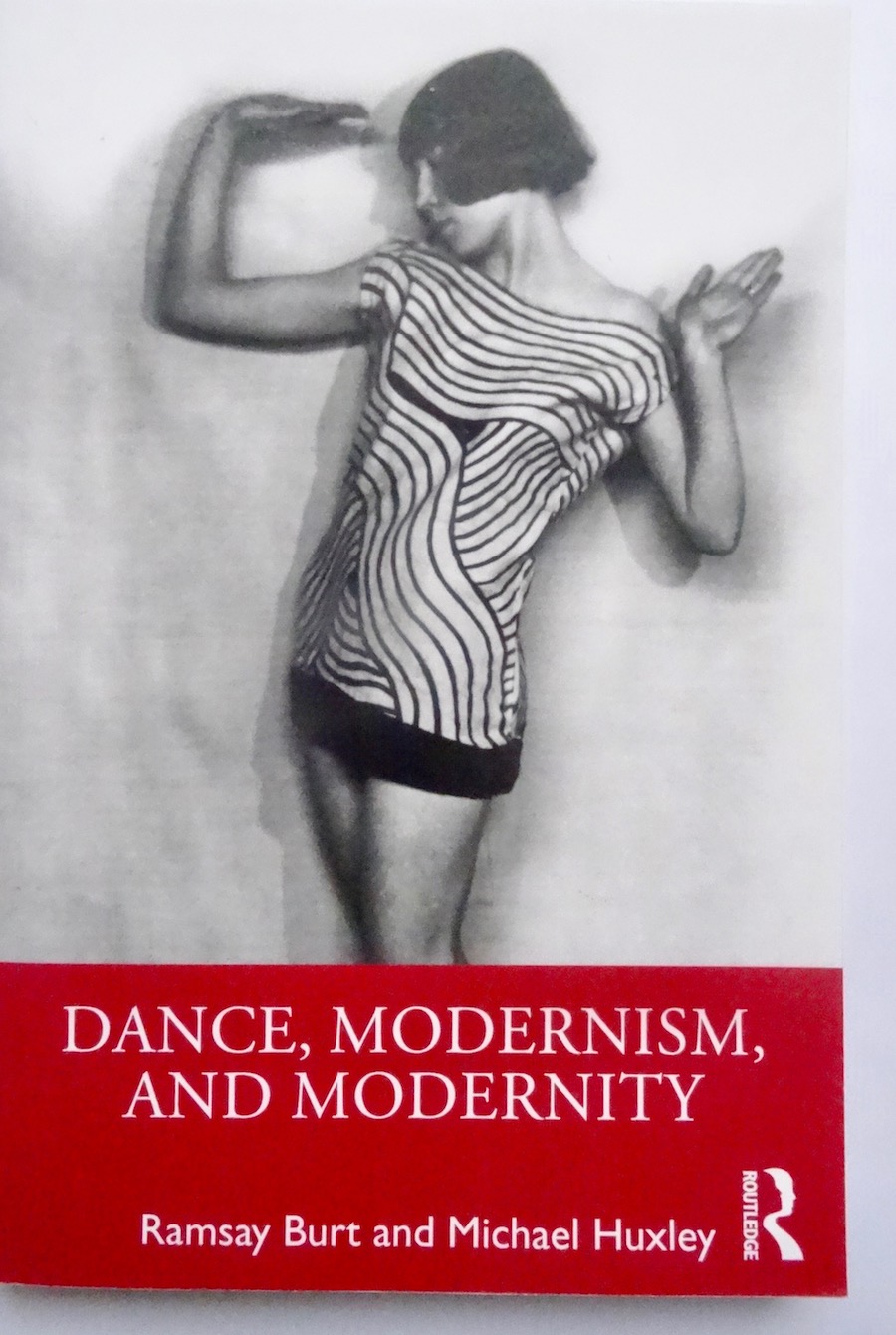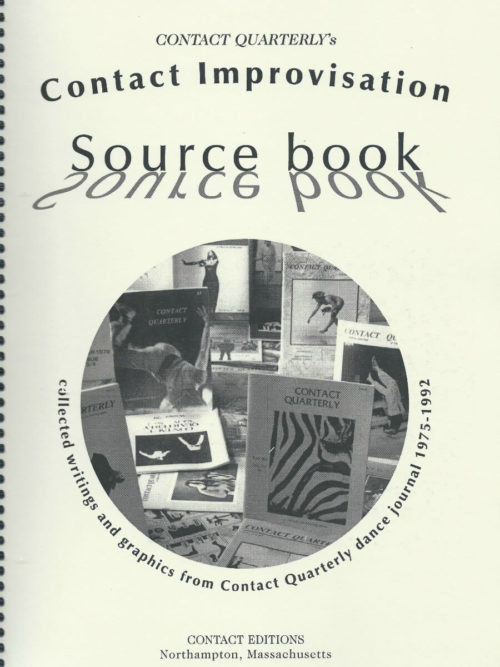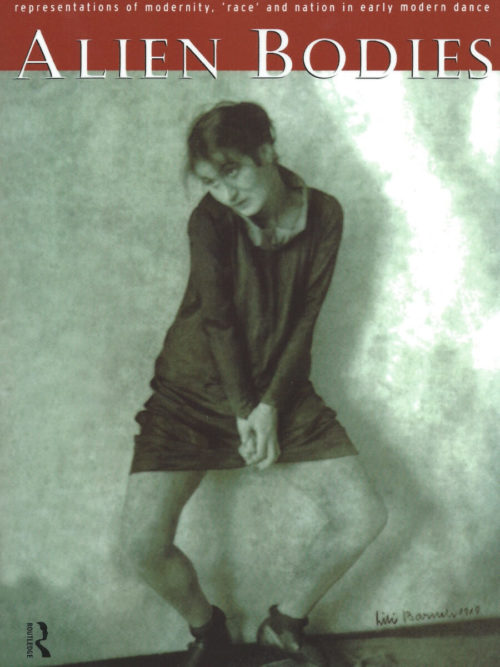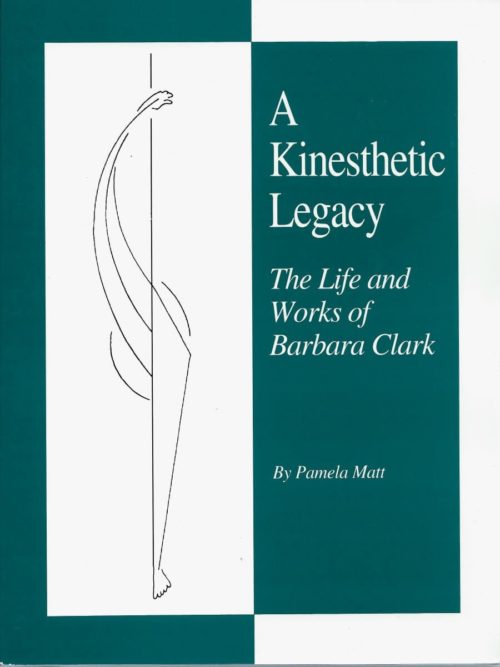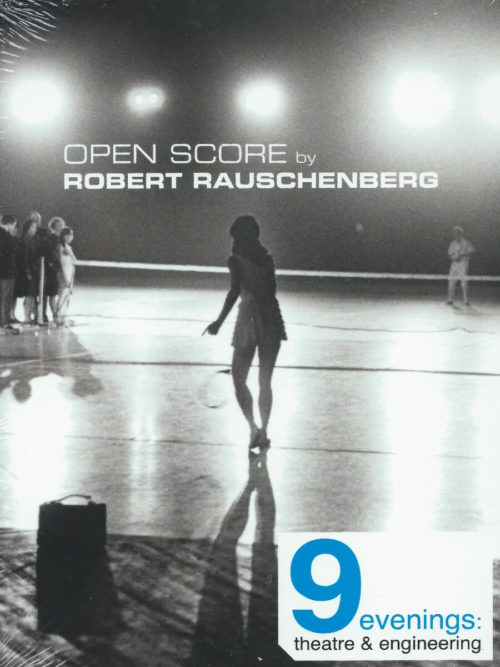RÉSUMÉ
This collection of new essays explores connections between dance, modernism, and modernity by examining the ways in which leading dancers have responded to modernity.
Burt and Huxley examine dance examples from a period beginning just before the First World War and extending to the mid-1950s, ranging across not only mainland Europe and the United States but also Africa, the Caribbean, the Pacific Asian region, and the UK. They consider a wide range of artists, including Akarova, Gertrude Colby, Isadora Duncan, Katherine Dunham, Margaret H’Doubler, Hanya Holm, Michio Ito, Kurt Jooss, Wassily Kandinsky, Margaret Morris, Berto Pasuka, Uday Shankar, Antony Tudor, and Mary Wigman. The authors explore dancers’ responses to modernity in various ways, including within the contexts of natural dancing and transnationalism. This collection asks questions about how, in these places and times, dancing developed and responded to the experience of living in modern times, or even came out of an ambivalence about or as a reaction against it.

